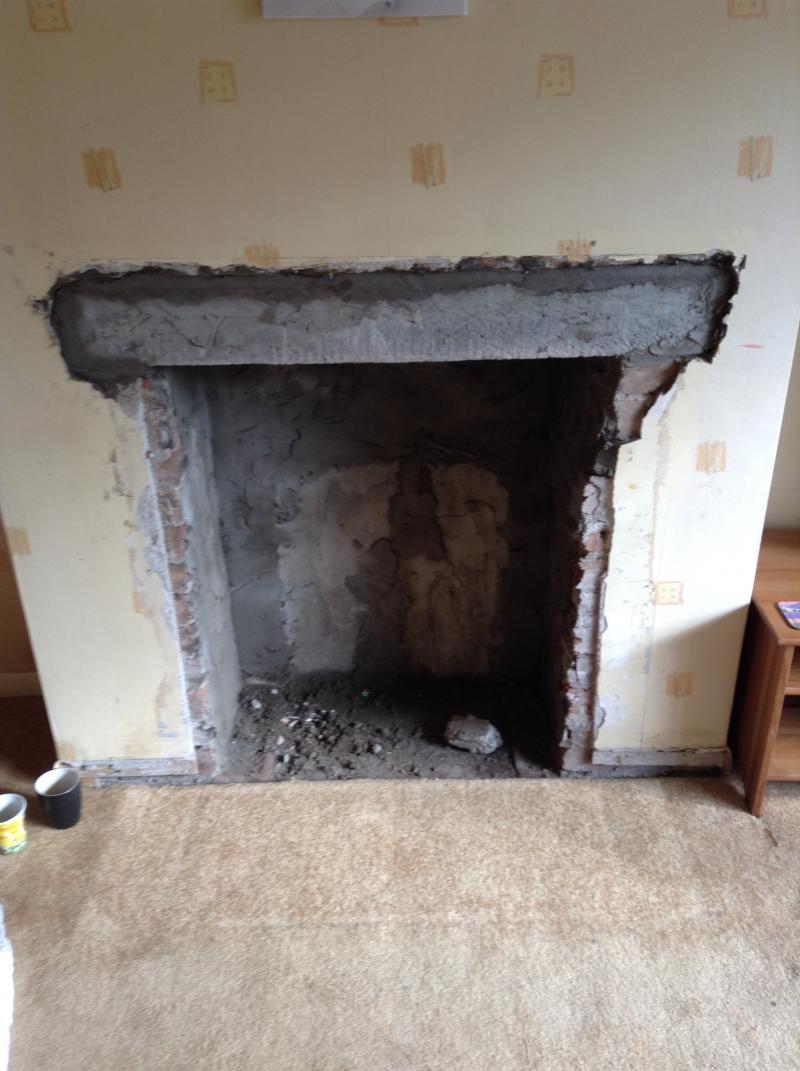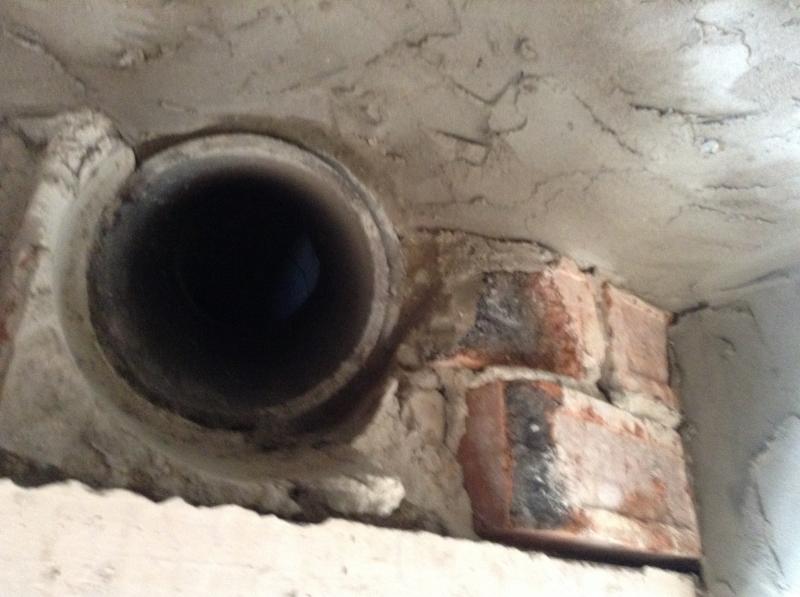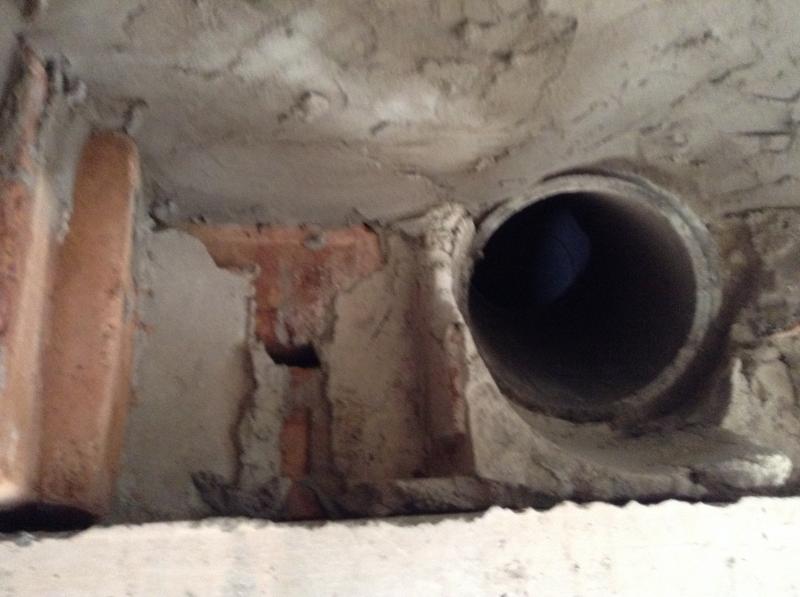http://www.diynot.com/forums/building/removing-old-fire.394795/#3039993
Have a look at the pic in this thread.
You need to put in a concrete raft lintel to support the liners with an adaptor to take the stove pipe into the flue.
Have a look at the pic in this thread.
You need to put in a concrete raft lintel to support the liners with an adaptor to take the stove pipe into the flue.




